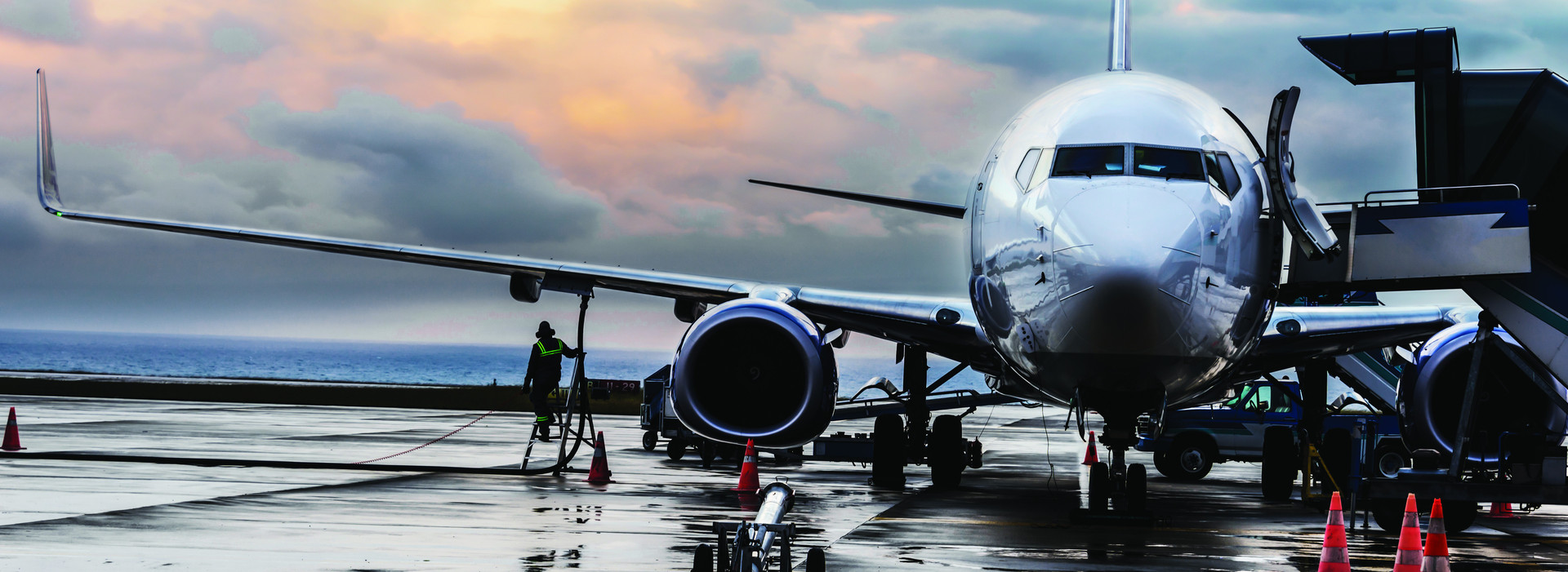Aviation safety is paramount in ensuring the integrity and trustworthiness of the global aviation system. As air travel continues to grow and evolve, maintaining and enhancing safety standards requires collaboration and cooperation among states, regulatory bodies, and industry stakeholders. Partnerships between states play a crucial role in supporting aviation safety and standards by facilitating information sharing, harmonizing regulations, and promoting best practices. In this article, we explore the importance of partnerships between states in supporting aviation safety and standards, highlighting key initiatives and collaborative efforts to enhance safety outcomes in the aviation industry.
Information Sharing and Collaboration:
Partnerships between states facilitate information sharing and collaboration on safety-related issues, enabling timely identification and mitigation of safety risks. Through platforms such as the International Civil Aviation Organization (ICAO) and regional aviation safety organizations, states exchange safety data, incident reports, and best practices to enhance situational awareness and improve safety performance. These partnerships enable states to learn from each other’s experiences, identify emerging safety trends, and take proactive measures to address safety concerns before they escalate into accidents or incidents.

Moreover, states collaborate on joint safety initiatives, research projects, and capacity-building programs to enhance safety culture, develop human resources, and improve safety oversight capabilities. By pooling resources and expertise, states can achieve economies of scale and maximize the effectiveness of safety interventions, benefiting the entire aviation community.
Harmonization of Regulations and Standards:
Partnerships between states facilitate the harmonization of regulations and standards to ensure consistency and interoperability in the global aviation system. Through ICAO and regional aviation forums, states work together to develop and adopt common safety standards, recommended practices, and regulatory frameworks that reflect international best practices and accommodate regional specificities. Harmonized regulations enhance safety oversight, promote regulatory compliance, and facilitate the seamless operation of aircraft across national borders.
Additionally, partnerships between states enable mutual recognition of safety certifications, licenses, and approvals, reducing regulatory barriers and administrative burdens for aviation stakeholders. By aligning regulatory requirements and procedures, states promote regulatory convergence and facilitate international cooperation in safety oversight and enforcement activities.
Promotion of Best Practices and Capacity Building:
Partnerships between states promote the exchange of best practices and capacity-building initiatives to enhance safety performance and resilience in the aviation industry. Through training programs, workshops, and seminars, states share expertise and knowledge in areas such as safety management systems, risk assessment, and safety culture enhancement. These capacity-building activities empower aviation professionals with the skills, tools, and resources needed to identify and mitigate safety risks effectively.
Furthermore, partnerships between states support the development of robust safety oversight systems, regulatory frameworks, and institutional structures to ensure effective safety regulation and enforcement. By investing in human resources, infrastructure, and technology, states strengthen their capacity to conduct safety inspections, audits, and investigations, thereby enhancing the overall safety of the aviation system.
Case Studies and Examples:

Several successful partnerships between states illustrate the positive impact of collaboration on aviation safety and standards. For example, the European Union Aviation Safety Agency (EASA) works closely with its member states to harmonize safety regulations, conduct safety assessments, and oversee the certification of aircraft and aviation products. EASA’s regulatory framework provides a common platform for safety oversight across Europe, promoting regulatory convergence and enhancing safety outcomes.
Similarly, the Joint Aviation Authorities (JAA) in the Asia-Pacific region collaborate on safety initiatives, training programs, and capacity-building activities to enhance safety oversight and regulatory compliance. By sharing resources and expertise, JAA member states improve their safety oversight capabilities and strengthen the resilience of the regional aviation system.
In conclusion, partnerships between states play a vital role in supporting aviation safety and standards by facilitating information sharing, harmonizing regulations, and promoting best practices. Through collaboration and cooperation, states enhance safety performance, promote regulatory convergence, and build capacity to address emerging safety challenges in the aviation industry. By working together, states can achieve common safety objectives, enhance the integrity of the global aviation system, and ensure the safety and security of air travelers worldwide.


